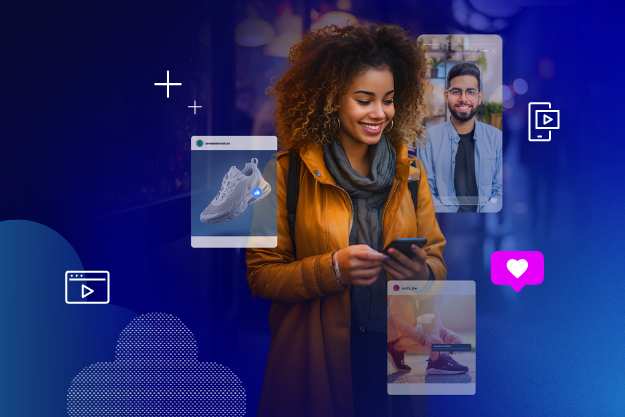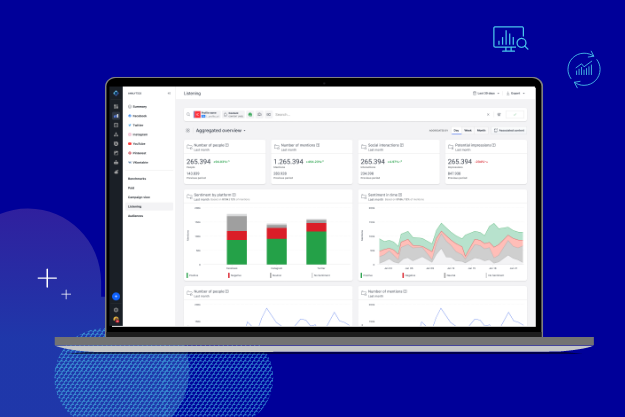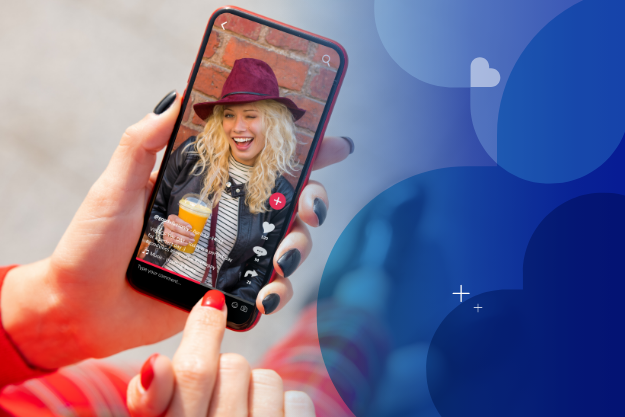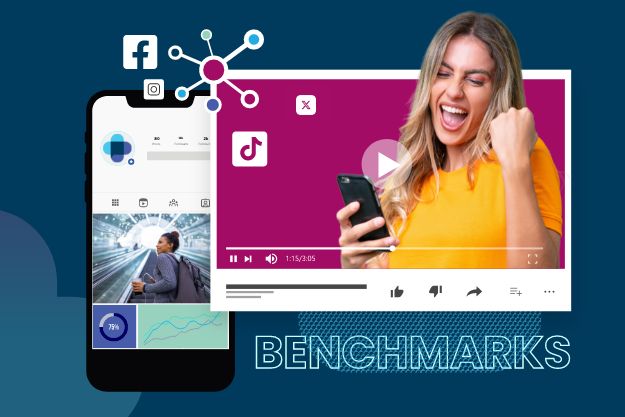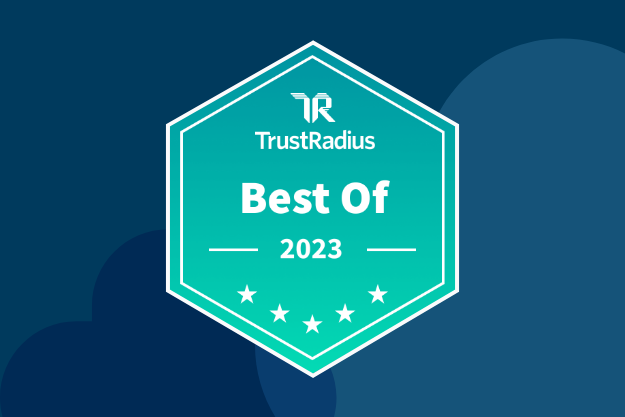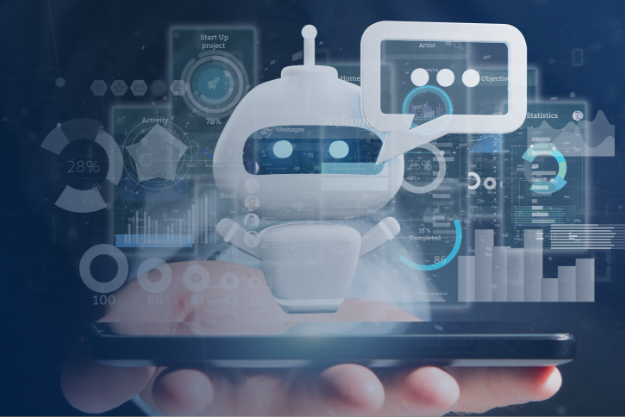Building your persona from scratch can be complicated and time consuming. It takes considerable work to fully understand your target audience, so it helps to start with a roadmap.
Rather than spending hours constructing your own, make it easier with a persona template. Customer preferences continue to evolve, and it’s important to have a basic understanding of your customer, client, or buyer to improve your marketing strategy.
Don't know where to start with your buyer persona? Let’s start from the beginning and help you get there.
What is a buyer persona?
Buyer personas — sometimes referred to as client personas, customer personas, or marketing personas — are detailed, semi-fictional representations of your ideal customers. They're based on market research, real data about your existing customers, and speculation about potential customers. In short, they’re a target to frame your marketing strategy, and they serve as a profile you build of what your ideal customer might look like.
Each buyer persona is a composite that typically includes a range of attributes, such as:
Demographics (age, gender, location, language)
Psychographics (interests, values, attitudes)
Online behavior (favorite social media platforms, influencers they follow)
Personal motivators (goals, challenges, buying decisions)
A well-crafted buyer persona guides the creation and delivery of marketing strategies, helping businesses understand their customers' needs, pain points, and buying habits. And as you might expect, iteration makes this view of the customer more accurate and effective across your strategy.
This knowledge enables businesses to tailor their products, services, and content to the specific needs, behaviors, and concerns of different groups, thereby improving customer engagement and conversion rates.
With the rise of the modern consumer, especially in social media marketing, buyer personas are instrumental in personalizing the customer journey, enhancing customer experience, and ultimately driving brand loyalty and business growth.
Here are your steps to a buyer persona template.
Utilize customer demographics in your persona
First of all, you’ll want demographic information like age and gender, along with location, industry and the languages they speak. This information may seem basic, but aside from helping you target the right people in general, you’ll be able to make sure that you’re engaging people in their language.

Social listening data example
An Emplifi survey found that 48% of consumers said “the ability for a customer agent to ‘talk to you in your language’” was the most important key to authentic interactions, so people want familiarity in their buying journey.
Customer location will also decide the budget, as activation spend will differ from region to region, so it’s important to understand how much you'll have to spend and benchmark your advertising costs in that region.
Examine customer interests and affinities
Your audiences are at the heart of successful marketing, so you need to determine what is at their heart. To be able to bring them value, you need to understand them better, know their interests, what content they consume and where. In turn, this will help you create content they want to see.
Does your persona spend time keeping up with family on Facebook or watching TikTok videos all day? Maybe reading about politics and current affairs, or do they absolutely hate politics? Do they spend their time browsing memes on Twitter?
Brands can learn much of this through social listening, as your audience will show you their interests if you monitor and analyze their conversations. This is how to shape a 360-degree view of your customer and improve upon a well-defined buyer persona.
People engage with topics and people that interest them. Focusing your message, tailored with the help of a social listening tool, on individuals not only guarantees that you’ll be reaching people interested in your product, but also adds authenticity to your work.
Explore which social influencers connect with your audience
If your persona is highly active on social media, explore which influencers they follow and trust. It can save you a lot of trouble later on if you decide you want to boost your sales with influencer marketing and already have an idea of who you’d like to cooperate with for campaigns.
Social influencers come in a variety of audience sizes, but they supply a built-in understanding of a persona’s interests and even potentially their values. So, in a way, the influencer has done some of the work connecting to a target audience that your brand requires, and they serve as a delivery of brand information or a lesson learned in shaping your strategy.
Overall, this information will prove invaluable to you in determining where you should focus your efforts in contacting potential clients and customers.
Evaluate when and where your persona goes online
Your data should also include when your persona is most actively posting and engaging with content online. Effectively, the modern consumer demands that your brand be social-first and digital always.
That means you need data, and if you’re not sure where to source it, try connecting your digital data in one place for a clearer picture through a social media management or customer experience tool. Engagements on social media, visits to your website, and interactions – or a lack of – via email will help you know where you need to grow an audience or engage them on their own schedule.
If you meet people where they are, that’s a good start, so find information that frames the best time to post to catch your persona’s attention during those peak engagement times and on the right channels.
Pinpoint what content your audience loves
There is a world of content your personas could be browsing, but can you pick out their favorite posts across social? Visualize their newsfeed, what they would like, comment on, and share. Your goal here is to be part of that daily scroll, so you’ll not only need engaging content, but engaging content that matches the preferences for each of your audience personas.
You need to create a calendar, and perhaps more than any other tactic, test. If you have social listening data at this stage of the persona development process and you know which influencers capture their attention, you likely have a formula for developing your own content strategy. But that still requires testing.
If you don’t quite know how to go about seeding your brand into a customer’s daily scroll of social, a good place to start would be looking at the affinities and interests you added to your persona template.
Confirm your customers’ goals and frustrations
Now that your buyer persona is starting to take shape, let’s get to know their pleasures and pain points. What are their goals that your business is positioned to help them achieve? By extension, what obstacles frustrate their efforts to achieve this goal? This is a good time to think about their motivations and give them a bit more personality.
You can even poll your audience on organic channels or through a targeted ad campaign. If you don’t have enough data to shape this portion, find a simple way to ask them questions.
Use this information to put yourself in their shoes and fill in the bio section on the template. At this stage, you’re bringing your persona to life, so give them a name and add a quote. You want to feel like they’re a real person that your brand could engage with and offer products and services.
The voice of the customer can fill in gaps in your understanding of their experience. Voice of customer solutions can give you timely insights by blending input from social and digital channels.
This helps you fully consider what circumstances have led them to consider your brand, their buyer’s journey, and which stage of the journey they’re in now. All of this will make the visualization more real, and your strategy more effective.
Where to get your customer data
Collecting all the data you need to build well-defined buyer personas can be a difficult and time-consuming task. But in the age of digital, it doesn’t have to be. And that’s great news, because the benefits of a buyer persona are even closer to helping your brand on social media and digital. The trick is to collect your audience data in one place and to use this comprehensive view to segment that audience into personas you can reach out to.
Check out our comprehensive guide to personalized marketing on social media for everything you need to know about taking your social media strategy to the next level.














